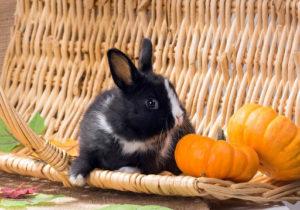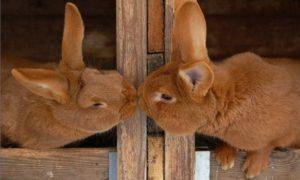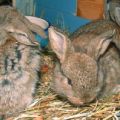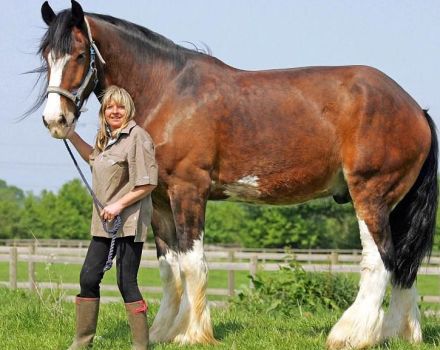How many times a day should rabbits be fed and a table of feed intake rates
A full daily diet is the key to the full development of rabbits and rapid weight gain. Therefore, important questions for farmers are how many times a day and how to feed the rabbits. In this case, one must take into account the purpose of raising animals - for meat, for obtaining fur. As a rule, a balanced diet includes succulent feed, compound feed, grass. The proportions of the daily diet are calculated based on various parameters.
Rabbit Nutrition Basics
A balanced nutritious diet ensures the normal functioning of animals, is the key to quality growth. The taste of dietary meat and the beauty of the skin are also determined by the diet.
Basic nutritional requirements for rabbits:
- a balanced diet for each age group, different types of animals;
- the presence of elements of coarse grinding in the feed;
- abundance of clean water.
The rabbit eats green food very well. You can use both plants from the garden, beet tops, and wild crops (nettle, euphorbia, thistle, yarrow). Supplements in the form of tree foliage (aspen, linden, mountain ash, willow) are allowed.
Vegetables and fruits are essential sources of vitamins. Not only raw root vegetables (beets, carrots), cabbage are useful. Oilcake, chaff or herbal, bone meal is mixed with boiled pumpkin, potatoes. Of fruits, apples complement the diet well.

A significant part of the diet is combined feed, which allows you to quickly and fully feed rabbits. Advantages of compound feed: easy to store and transport, balanced composition, reduced time for preparing food for animals.
Number of livestock feedings
When drawing up a diet, you need to take into account the correct ratio of proteins, carbohydrates, fats. By mixing products, they are repelled by their energy nutrition.
At the same time, they use the conventional concept of "feed unit", which corresponds to the nutritional value of 1 kg of oats.
For daily feeding of an adult, 160 feed units are required. The most popular compound feed recipe: 1 kg oats (1000 feed units) + 650 g corn (890 feed units) + 300 g bran (210 feed units). This volume of compound feed is sufficient for the daily nutrition of 13 adults (2100 feed units (1960) / 160 feed units).

The daily portion of feed is given three times a day (compound feed in the morning, at lunchtime - juicy feed, compound feed in the evening) or in 2 passes, dividing the food into two parts. It is recommended to adhere to the following consumption rates:
- 60-110 g of compound feed for an adult;
- 100-130 g pregnant rabbit (140-160 g during the feeding period);
- 40-150 g young rabbits (when the animal grows up, 10 g of feed is added monthly).
Similar portions of compound feed are used in the absence of other products. If a mixed diet (with green or vegetable additives) is being prepared, then the proportions of the components are revised.
Daily ration rates by season
During the year, the diet of the rabbits is changed. Usually, the composition of the products is selected in relation to the seasons. At the same time, the age needs of animals in the quantity and quality of feed are necessarily accepted. Experts recommend adhering to the norms described in the tables.

For summer food, it is desirable to maintain the following composition.
| Age features of rabbits | Type and weight of feed, grams | |||
| greenery | juicy foods | concentrates | grain additives | |
| Rabbits over 18 days old | 100 | 30 | 10 | 10 |
| Rabbits up to 3 months | 400 | 60 | 20 | 10 |
| Youngsters older than 3 months | 600 | 100 | 30 | 20 |
| Individuals during launch | 800 | 100 | 40 | 30 |
| Individuals during the mating period | 1000 | 150 | 70 | 50 |
| Pregnant females | 1500 | 200 | 90 | 70 |
| Lactating rabbits | 2000 | 400 | 130 | 100 |
In winter, in principle, almost the same composition of components is used, but their ratio in the diet is changed.
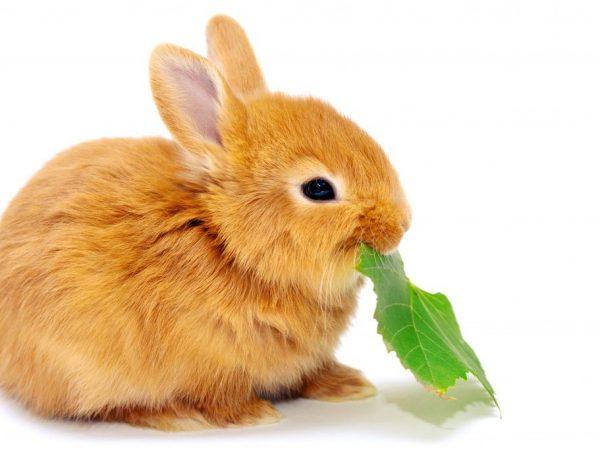
Recommended set per day.
| Age features of rabbits | Type and weight of feed, grams | |||
| greenery | juicy foods | concentrates | grain additives | |
| Rabbits over 18 days old | 20 | 30 | 20 | 15 |
| Rabbits up to 3 months | 150 | 60 | 30 | 30 |
| Youngsters older than 3 months | 200 | 100 | 40 | 50 |
| Individuals during launch | 300 | 100 | 100 | 70 |
| Individuals during the mating period | 300 | 150 | 150 | 85 |
| Pregnant females | 300 | 200 | 200 | 80 |
| Lactating rabbits | 400 | 400 | 300 | 120 |
Important! When compiling a diet, the type of products obtained from animals (meat, meat and skin, downy breeds of rabbits) is taken into account.
How much feed does one rabbit eat before slaughter
To make the correct calculations, you need to take into account the rabbit's age, breed. If rabbits are raised for the purpose of obtaining meat products, then it is most profitable to raise them up to 4-5 months. In older individuals, weight gain slows down (does not apply to animals of late maturing large breeds).

Weight of five-month-old animals of different breeds:
- small - 2.2 kg;
- medium - 3.4 kg;
- large - 4.6 kg.
It is best to grow large rabbits (white giant, hiplus) to obtain meat products. Until the moment of slaughter, animals aged 3 months gain weight 2.8 kg. The skinned carcass weighs 1.4 kg - such products are in greatest demand.
Animals consume 100-120 g of feed (the livestock is taken into account, consisting of adult females and rabbits that began to feed on their own). To gain a mass of 1 kg, the rabbit eats about 3 kg of feed. Based on the available indicators, 9 kg of feed is spent on feeding the animal to slaughter. This norm must necessarily include concentrates, coarse food, herbs, juicy products (potatoes, vegetables), silage, mineral elements (bone meal or chalk).
When compiling the daily ration of rabbits, you need to take into account the following factors: type of feed, season, feeding method, age and breed of rabbits. If the number of pets is small, it is more profitable to prepare food yourself. To keep a large number of animals, it is more expedient to purchase a balanced ready-made feed.
